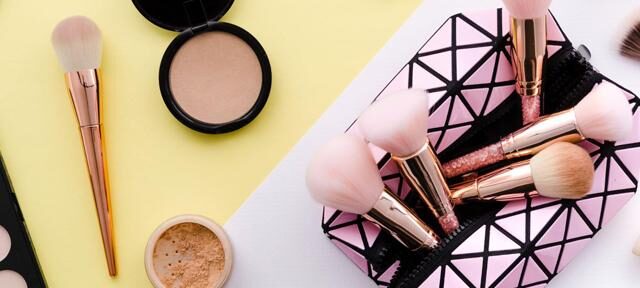Within the past six months, over 100 million cosmetic items, ranging from lipstick and nail polish to eyeliner have been sold, generating a revenue of Rs 5,000 crore, with nearly 40 per cent of these purchases occurring online, according to Economic Times. These trends were recorded through a study by Kantar Worldpanel.
Key findings
Indian consumers, on average, spend Rs 1,214 on colored cosmetics within a six-month period. Lip products dominated overall sales, accounting for 38 per cent, closely followed by nail products, indicating the diversification of beauty purchases among Indian shoppers.
The study also shed light on the growing trend of working women contributing significantly to the cosmetics market. Working women contribute the most to makeup sales, both online and offline, spending 1.6 times more on beauty products compared to the overall average spent on these products.
Shoppers Stop also reported over 150,000 makeovers in the current quarter alone. This shows a growing interest from consumers to interact with makeup artists, and brands, and learn more about the makeup they are buying and the different ways it can be used.
The study also found that retailers’ advocacy played a big role in prompting over one-third of purchases, while social media influences an equal number, especially among younger consumers.
Among different age groups, the study found that older individuals seemed to favour lipstick and nail polish, while younger individuals opted for primer and tinted lip balm.
What does this mean for the cosmetic industry in India?
Ashutosh Valani, founder of Renee Cosmetics, observed that Indians are embracing a wider range of products, moving beyond traditional items like kajal and lipstick to include primers, eye shadows, and concealers. Consumers are now selecting products based on specific occasions and everyday wear.
K Ramakrishnan, the managing director of South Asia, Worldpanel Division, Kantar, emphasised the potential growth of the beauty sector due to increasing female participation in the workforce.
